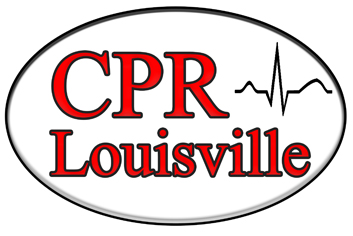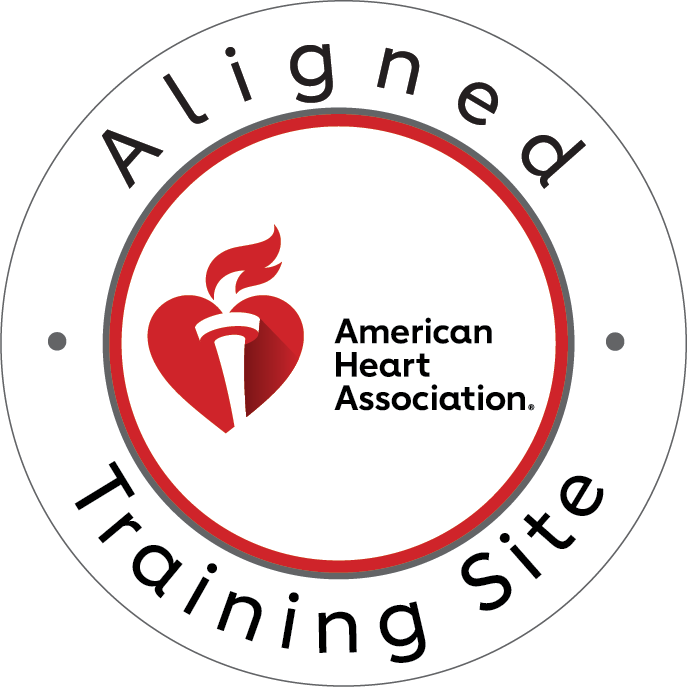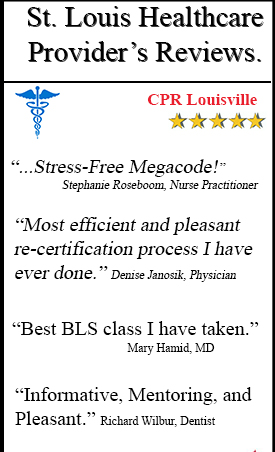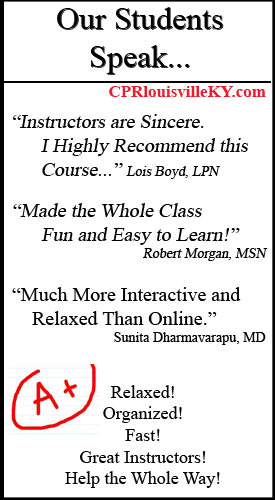Understanding Airway Obstruction
Airway obstruction is a medical emergency that can rapidly become life-threatening if not addressed immediately. A blocked airway prevents the passage of air to the lungs, depriving the body of the oxygen it needs to function. This is why it’s crucial to recognize signs of severe airway obstruction quickly. Timely intervention can mean the difference between life and death. CPR Louisville, a trusted American Heart Association (AHA) training site, plays a vital role in helping individuals develop the skills necessary to respond effectively to such emergencies. They offer a range of life-saving courses, including BLS, ACLS, PALS, CPR, and First Aid.
Airway obstruction occurs when something blocks the flow of air to the lungs. It can range from a mild obstruction, where air can still pass through but is restricted, to a severe obstruction, where airflow is completely or nearly completely blocked. The severity of the obstruction determines the immediate response required. Severe airway obstruction is a serious condition and must be recognized promptly to prevent irreversible damage or death.
There are two primary types of airway obstruction: mild and severe. Mild airway obstruction, often referred to as partial blockage, occurs when air can still move through the airway but is hindered by some obstruction, such as a piece of food. With a mild obstruction, the victim can often still breathe, cough, or speak, although with some difficulty. On the other hand, a severe airway obstruction occurs when the blockage is nearly complete or complete, preventing the victim from breathing effectively. This can result in unconsciousness or death if not quickly resolved. Recognizing the signs of severe airway obstruction is crucial for responding in time to save a life.
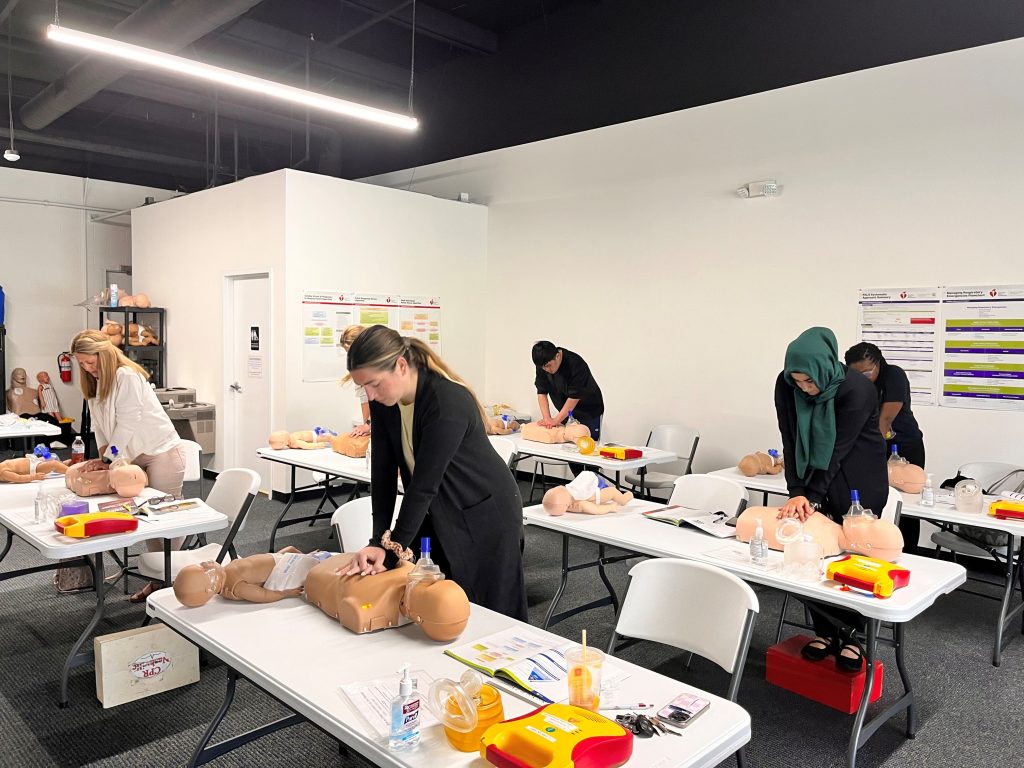
Signs of Severe Airway Obstruction
Signs of severe airway obstruction can manifest quickly and include several distinctive indicators. One of the most alarming signs is the inability to breathe, speak, or cough effectively. Victims may try to gasp for air but will be unable to make much sound. The universal sign of choking, where the individual clutches their throat, is a key visual cue that should never be overlooked. In cases of severe obstruction, the victim may exhibit high-pitched breathing sounds, known as stridor, or may make no sound at all when inhaling due to the absence of airflow. This is often a sign that the airway is nearly or completely blocked.
Another critical sign of severe obstruction is cyanosis, where the skin turns bluish, particularly around the lips, face, and fingertips. This occurs because the body is not receiving enough oxygen. As the obstruction worsens, the victim may become increasingly panicked or visibly distressed. In extreme cases, a person may suddenly collapse or lose consciousness, indicating the urgent need for intervention. Recognizing these signs early and acting swiftly is critical to preventing a fatal outcome.
Causes of Severe Airway Obstruction
The causes of severe airway obstruction vary, but foreign objects such as food, small toys, or other objects that become lodged in the throat are the most common culprits. Another significant cause is an allergic reaction, leading to swelling in the throat and obstructing the airway (a condition known as anaphylaxis). Trauma to the neck or throat from accidents falls, or other injuries can also result in severe obstruction. Additionally, certain medical conditions such as epiglottitis, a severe infection causing swelling of the tissue at the back of the throat, can lead to life-threatening airway blockages.
Immediate Response to Severe Airway Obstruction
The response to severe airway obstruction depends on whether the victim is conscious or unconscious. If the person is still awake and alert, encouraging them to cough forcefully may help dislodge the obstruction. If they cannot cough effectively or if the obstruction is complete, performing abdominal thrusts, also known as the Heimlich maneuver, is crucial. This involves applying pressure just above the victim’s navel to force air from the lungs and expel the foreign object. In infants, the response differs slightly. The recommended procedure includes delivering five back slaps followed by five chest thrusts, which can help clear the airway.
It’s essential to call 911 or activate emergency services immediately in case of severe airway obstruction, even if the obstruction seems to be clearing, as professional medical care may be needed to ensure the person’s safety.
The Role of CPR in Severe Airway Obstruction
If the victim becomes unresponsive and stops breathing, CPR must be initiated immediately. CPR involves performing chest compressions and giving rescue breaths to maintain oxygen flow to vital organs. When performing CPR on a victim with severe airway obstruction, it is important to check the victim’s mouth for visible objects and clear any blockages that may be preventing airflow. The ability to recognize and act on the signs of severe airway obstruction is critical, which is why CPR training is so important for both healthcare providers and laypersons.
Why Training Matters: CPR Louisville
CPR Louisville offers a range of courses designed to teach individuals how to recognize and respond to severe airway obstructions effectively. Their training programs emphasize a stress-free, hands-on approach, ensuring that participants gain the confidence and skills needed to act in emergencies. CPR Louisville offers several AHA-certified courses, including Basic Life Support (BLS) for Healthcare Providers, Advanced Cardiovascular Life Support (ACLS), Pediatric Advanced Life Support (PALS), CPR, and First Aid. These courses provide life-saving skills that prepare participants to respond effectively in critical situations.
One of the key benefits of enrolling in a CPR Louisville course is the hands-on training that allows participants to practice their skills in realistic scenarios. This helps to build the confidence necessary to perform life-saving procedures during high-stress situations. CPR Louisville is dedicated to ensuring that all students are equipped with the skills they need to save lives in real-world emergencies.
Conclusion
Recognizing the signs of severe airway obstruction and knowing how to respond can save lives. Whether you are a healthcare provider or a concerned parent or caregiver, having the knowledge and skills to act when an airway obstruction occurs is vital. Immediate action can prevent serious consequences, and timely CPR can help keep a victim alive until emergency medical professionals arrive.
The ability to recognize and respond to severe airway obstruction is a critical skill that everyone should have. Whether you’re a healthcare professional or a layperson, proper training in CPR and airway management can make a significant difference in emergency situations. CPR Louisville offers the training and support necessary to equip individuals with these essential life-saving skills.
If you’re ready to learn how to recognize and address airway obstructions, contact CPR Louisville today. Enroll in an AHA-certified course to gain the skills you need to make a life-saving difference in any emergency. Don’t wait—preparing for the unexpected is an investment in both your safety and the safety of those around you.

